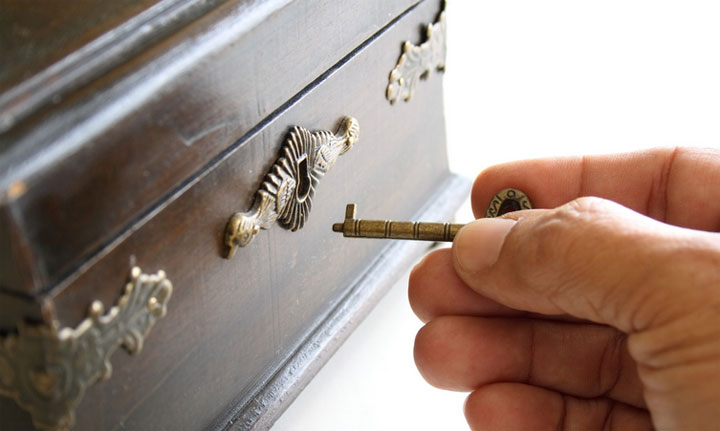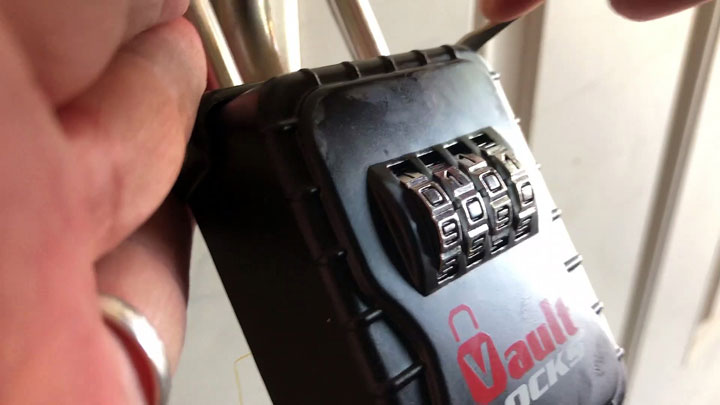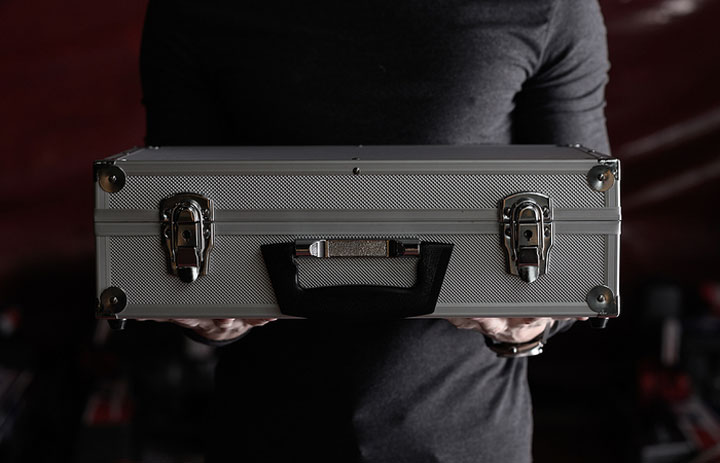How to Open Your Locked Box
2025-01-23 10:34

Sometimes, we find ourselves in a situation where we’ve locked our box, whether it’s for storing tools, personal items, or even keepsakes, and later forget the key or combination. A locked box is designed to provide security, but losing access to it can be frustrating. Don’t worry—there are several methods you can try to open a locked box without damaging it, and this guide will walk you through each one.
Step 1: Identify the Lock Type
The first step in unlocking your box is identifying the type of lock it uses. Most common boxes are secured by either a key lock or a combination lock. Sometimes, the lock is a simpler clasp-style lock, but many still require a key or code to unlock.
●Key Lock: A standard lock where you insert a physical key to open the box.
●Combination Lock: A dial or digital lock that requires you to enter a specific combination of numbers.
If your box has a key lock, it’s a straightforward process once you find the key. However, for a combination lock, you may need to rely on memory or manipulation techniques.

Step 2: Look for Spare Keys
If your box has a key lock and you’ve lost the key, start by checking common places where spare keys might be kept. Many people have a backup key hidden in their house or stored with a friend or family member for situations like this.
If you’ve misplaced the key but remember where you purchased the box, consider contacting the manufacturer to see if they can provide a replacement key. Often, they will ask for the model number or proof of purchase.
Step 3: Try to Recall the Combination
For combination locks, try to remember the combination. Think about where you might have stored the number or what sequence you may have used. If you recorded the combination somewhere safe, check there. Some people store their combinations in password managers or on slips of paper kept in a drawer.
If you can’t remember the combination, don't worry just yet. There are a couple of methods you can try.
Step 4: Combination Lock Manipulation Techniques
If the box uses a combination lock, you can attempt some basic techniques to help "feel" your way to the correct combination.
Tension Method: Apply light tension to the lock or the handle while slowly rotating the dial. By carefully feeling for slight changes in resistance, you might be able to detect when the correct numbers align. It may take some time and patience, but it’s worth trying before resorting to more drastic measures.
Rattle Method: With a combination lock that feels a bit worn or old, sometimes gently shaking the box while turning the dial can help you sense the internal mechanism shift, indicating the correct combination.
These techniques are based on the mechanics of the lock and can work if you're lucky. However, they're not foolproof and require practice to master.

Step 5: Using Tools to Bypass the Lock
If the above methods don’t work, you might consider using some basic tools to attempt unlocking the box. Paper clips or bobby pins can sometimes be used to manipulate a simple key lock mechanism, especially if the lock is low security. Of course, if you have more professional lock picking tools, you can try to open the lock yourself. For combination locks, some individuals may attempt a "bypass" technique, which involves forcing the dial to open using various methods. However, these techniques can be tricky and might damage the lock if done improperly.
Important: If you choose to use tools, proceed cautiously. You don’t want to accidentally damage the lock or the box, making it harder to open.
Step 6: Call a Professional Locksmith
If you’ve tried everything and are still unable to open the lock, the best course of action is to call a professional locksmith. A skilled locksmith can open most types of locks without causing damage to the box. When contacting a locksmith, make sure you can prove ownership of the box, either through a receipt, serial number, or identifying markings on the box.
Step 7: Prevent Future Lockouts
Once you successfully open your box, it’s a good idea to take preventive measures to avoid future lockouts. Here are a few suggestions:
●Label your keys or store them in a safe place: Keep the key to your box in an easy-to-remember but secure location.
●Record your combination securely: Write it down in a place where only trusted individuals can access it, or store it in a password manager.
●Consider a keyless lock: If you find it hard to keep track of keys or combinations, there are keyless locks available that use codes or fingerprint scans, offering both convenience and security.
Conclusion
Forgetting the key or combination to your locked box can be frustrating, but there are several ways to recover access without damaging your belongings. Whether through careful manipulation, using backup keys, or calling a locksmith, there’s always a solution. Once you’ve successfully opened the box, it’s a good idea to take measures to prevent a future lockout. By staying organized and cautious with your lock's access information, you can avoid stress and ensure that your box continues to keep your items safe for years to come.
 Promotion: 5% Discount Code: 5vip
Promotion: 5% Discount Code: 5vip